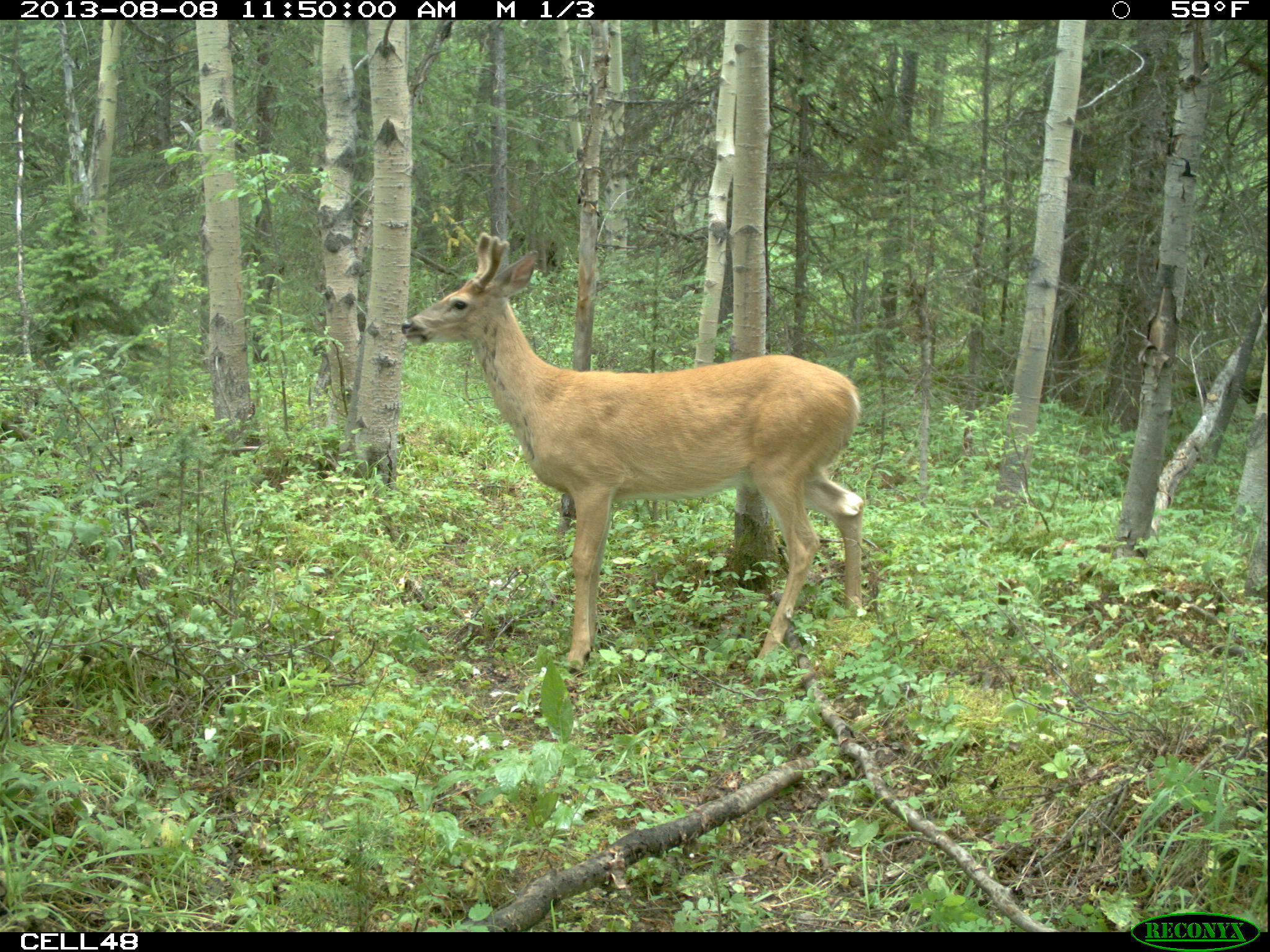There's always that one camera trap site where after only a short time in the field, the SD card is filled with hundreds (or even thousands) of photos. It seems too good to be true and upon reviewing the pictures, the researcher is quickly disappointed to discover that they are false triggers caused by a branch or leaves moving in the wind. While camera trap users generally understand the importance of clearing obstructions such as vegetation, at the camera station, there hasn't been an explicit test of how this affects animal detection. To address this, Remington Moll from Michigan State University and colleagues set out to quantify how obstructions at camera trap stations affect detections of a range of mammal species in Ohio, USA. They used a cover board of different sizes to represent large and small-bodied mammal taxa. The researchers determined how much of the board was obstructed in photos by physical structures (e.g. vegetation) at various distances and angles from camera traps. In general, increasing levels of obstruction were associated with reduced detections for most species. Importantly, they found that habitat type can influence the extent to which detection rates were affected by the obstructions. This could affect conclusions about the influence of site visibility versus animal site use on detection rates. For more, check out their recent paper, "The effect of camera-trap viewshed obstruction on wildlife detection: implications for inference", published in Wildlife Research here!
